AI Goes Nuclear, As It Wants More Power, But Needs It Clean
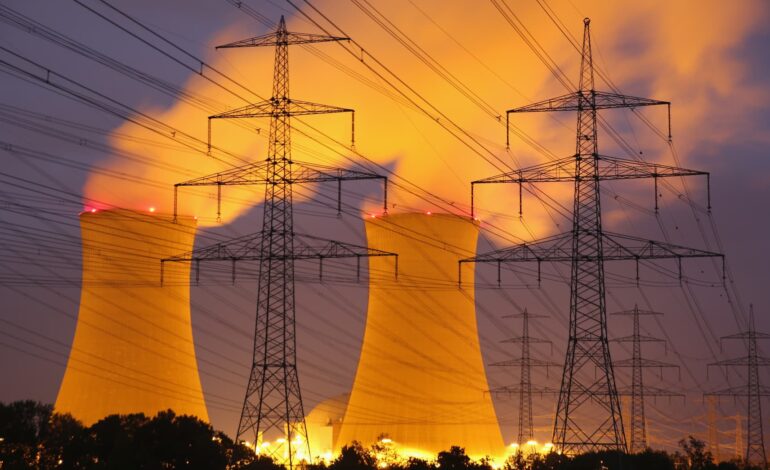
The latest from the AI front is that it is going nuclear.
Constellation Energy, which owns the closed Unit 1 nuclear reactor at the Three Mile Island Nuclear Generating Station in Pennsylvania, signed a 20-year power purchase agreement with Microsoft last month. It will revive the reactor to provide carbon-free energy to Microsoft’s AI data centres in the region under this agreement. In an interesting turn of events, Three Mile Island, which until now had been a symbol of the public’s view of the failures of the U.S. nuclear energy program, stopped being that.
The partial meltdown that occurred in one of the two reactors (Unit 2) at Three Mile Island on March 28, 1979, was considered the most serious nuclear accident in US history. There were no human casualties. But the gravity of the issues that caused the meltdown – a combination of human error, design flaws, and component failures – exacerbated the public’s safety concerns and fueled widespread opposition to nuclear energy.
At the time, the US had 70 operational nuclear reactors, which provided approximately 13% of the country’s electricity. The nuclear power industry was also actively lobbying for significantly more power generation capacity. It was a period when industry supporters dismissed any concerns about nuclear energy’s safety as unfounded. Even the fictional accounts about nuclear catastrophes were vehemently criticized.
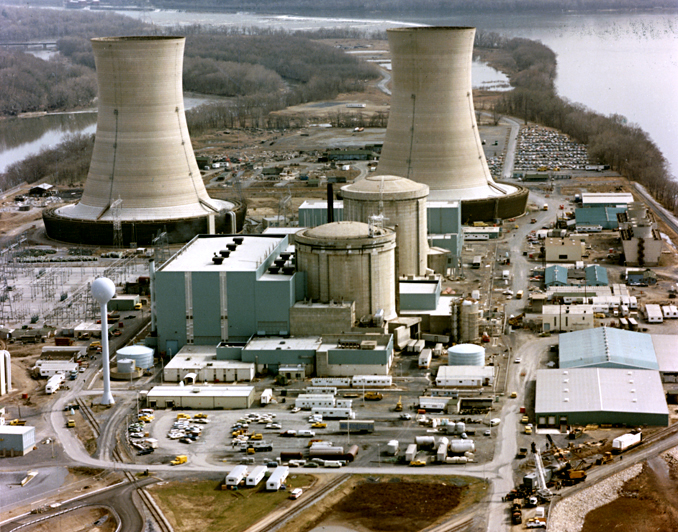
When the accident happened, the tables were turned. The world saw a significant reduction in the number of nuclear reactors after the Three Mile Island accident. In the US, the collapse of the nuclear power program prompted Forbes magazine contributor James Cook to write in 1985 that nuclear energy had become “a power source that is not only high in cost and unreliable, but perhaps not even safe.” Even though the second reactor continued to generate power until 2019, Three Mile Island remained in the public imagination as a symbol of nuclear energy project failures.
But now the situation has changed. Three Mile Island is being resurrected as a clean and safe energy brand. The resurrected organization will be called Crane Clean Energy Center, which highlights the operation’s green energy focus and is named after Chris Crane, the CEO of Constellation’s previous parent company.
Big tech’s nuclear shopping spree
The Microsoft-Constellation agreement to restart it is more than just the revival of a closed nuclear reactor. It symbolizes nuclear energy’s comeback as a “clean” energy source. Tech companies’ ravenous appetite for electricity, particularly due to their massive bets on artificial intelligence (AI) and related fields, is one of the main causes of this renaissance.
The net-zero obligations to combat climate change compel these corporations to look for alternate energy sources that reduce greenhouse gas emissions to nearly zero and offset any remaining emissions. Even though it is costlier, nuclear energy fits the bill. It emits no greenhouse gases, such as carbon dioxide, unlike fossil fuels. Furthermore, it provides a constant supply of electricity, whereas power from other clean sources, such as wind and solar, is intermittent. However, major concerns about nuclear power, such as the lack of a permanent disposal method for radioactive spent fuel, persist and are ignored.
Constellation intends to spend $1.6 billion to restore the plant by 2028. Microsoft says that this agreement will help them to “decarbonize the grid in support of our commitment to become carbon negative.” But there is another side to this story. The amount of power that Microsoft would secure from this deal to run their enormous data centers would be sufficient to meet the electricity needs of roughly 800,000 homes every year, says a MIT Technology Review report.
While Microsoft’s nuclear deal has received attention for its symbolic value of resurrecting a nuclear meltdown site, other major technology companies are also actively pursuing nuclear energy. In March of this year, Amazon Web Services signed a $650 million contract for a nuclear-powered data center to run AI operations.
Although it is a desirable alternative, obtaining nuclear power is not easy. There are not many decommissioned nuclear power plants that can be revived. At the same time, establishing new conventional nuclear power plants is a costly and time-consuming process. Businesses are looking for advanced nuclear reactors that do not pose these challenges. Small modular reactors (SMRs), which have roughly one-third the generating capacity of conventional nuclear power reactors, are one type of such technology. These reactors’ modular design and much smaller footprint make them an ideal choice for data centers.
This month, Google entered into an agreement with nuclear energy startup Kairos Power to build seven SMR in their pursuit of around-the-clock carbon-free energy. This is Google’s first nuclear energy partnership, as well as the first to support the commercial development of small modular nuclear reactors in the US. Amazon also announced plans to invest more than $500 million in SMR to help compensate for the shortfall of clean energy from wind and solar.
Power hungry AI
Big Tech’s race for nuclear energy solutions must be understood in the context of the remarkable surge in demand for electricity caused by new technologies. As energy demand rises, pressure to meet climate commitments has led them to explore ostensibly clean alternative energy sources for their daily operations.
The rapid growth of AI comes with a significant increase in power consumption. In particular, the growing use of advanced AI techniques such as generative AI necessitates a significant amount of computing power. These technologies employ artificial neural networks to learn from massive amounts of data and require specialized hardware, such as power-hungry Graphics Processing Units (GPUs).
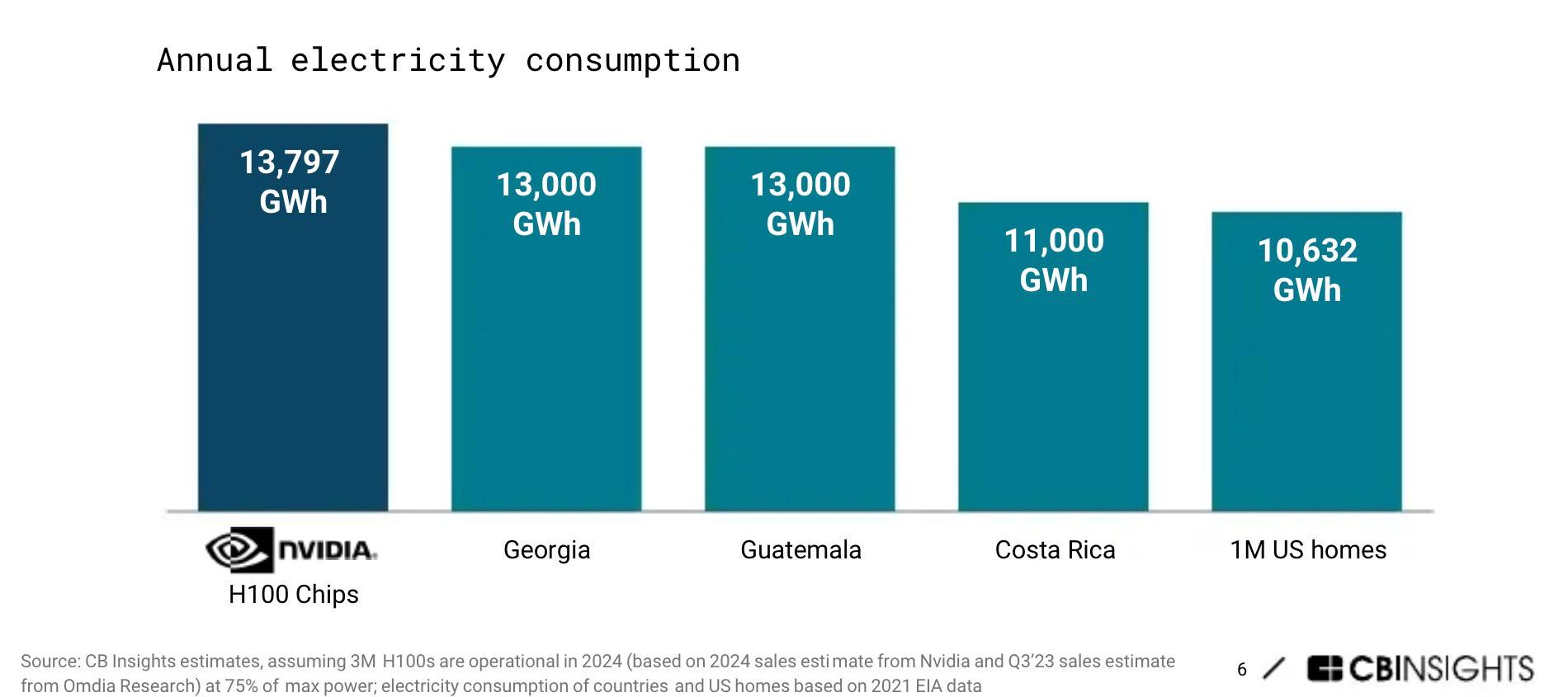
For instance, according to Sajjad Moazeni, a researcher at the University of Washington, the electricity required to train a single large language model like GPT-3 is approximately equal to the annual electricity consumption of more than 1,000 households in the US.
The International Energy Agency estimated that a single ChatGPT request consumes about ten times as much electricity as a typical Google search. This would require nearly 10 TWh of additional electricity annually, assuming 9 billion searches per day. Other AI tools are also no different when it comes to power consumption. As AI applications advance, even more processing power will be required.
Data Center boom
The need to build more data centers for AI workload is one of the major reasons why electricity demand is rising across the world. By 2030, it will have grown by 160%, says Goldman Sachs Research. Data centers are expected to increase power consumption from the current 1-2% to 3-4% by the end of the decade globally, which will double their carbon dioxide emissions. The same analysis finds that by the end of this decade, US power demand growth will accelerate to a 2.7% 5-year CAGR, up from 0% over the previous ten years. Data centers will account for 8% of it, up 0.9% CAGR from 3% in 2022.
A comparison of data centers’ energy consumption to that of countries provides a better understanding of the huge pressure they place on global energy infrastructure. By one Bloomberg analysis, only 16 nations, including the US and China, use more electricity than data centers combined. If the 7,000+ data centers that have been built or are in various stages of development were to run continuously, they would consume more electricity than Italy and Australia combined. By 2034, data centers will consume as much energy as India itself.
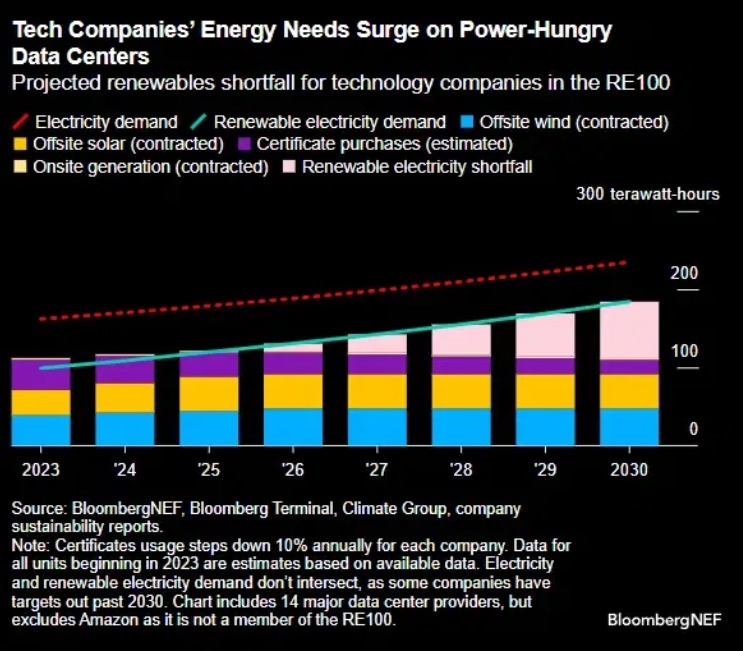
The strategic value of data centers to ensure that the US remains at the forefront of AI globally is something that the US government is aware of. Last month, the White House met leaders from utility companies, datacenter operators, hyperscalers, and artificial intelligence (AI) firms to form a new task force on AI datacenter infrastructure. This taskforce will facilitate effective policy coordination to promote datacenter development operations that align with national security, economic, and environmental objectives.
To meet the unprecedented increase in data center energy demand, conventional and renewable energy sources are being tapped. This is attracting billions of dollars in private capital to build data centers all over the world.
An example of significant private investment in this area is the recently announced Global AI Infrastructure Investment Partnership (GAIIP) by Microsoft, BlackRock, Global Infrastructure Partners, and MGX. They intend to raise up to $100 billion to build data centers and other infrastructure, boosting American competitiveness in AI and meeting the growing demand for energy infrastructure to drive economic growth. The partnership seeks to raise this money through debt financing as well as private equity from businesses, asset owners, and investors.
Other parts of the world are also witnessing large-scale data center investments. Europe is beginning to see a reversal of a nearly 15-year negative trend in power demand. The investments in the European data center market saw a 168% increase over the same period in 2023. Amidst the ongoing “tech war” with the US, China is constructing eight computing hubs across the country with a combined private and government investment of US $6.1 billion. In India, the data center sector is expected to draw USD 5.7 billion in investment by 2026. Another area experiencing a data center boom is the Gulf region, particularly Saudi Arabia and the UAE, due to their abundant energy supplies and financial resources.
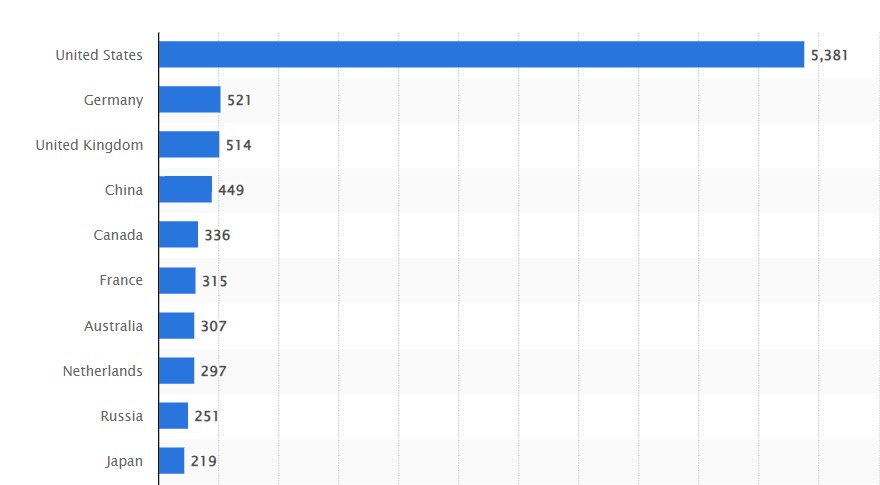
The data center economy is altering unlikely locations too. The Wall Street Journal recently published an article about how the Malaysian state of Johor, where the tech industry was virtually nonexistent, has been transformed by the data center boom over the last three years. Johor’s abundant land, coal power, and water, combined with Malaysia’s friendly relations with the US and China, attracted investors such as TikTok’s parent company ByteDance, Microsoft, and Blackstone. Overall data center investment in Johor will total $3.8 billion this year.
Environmental Impact of AI
Climate change and its associated environmental risks pose an existential threat to human well-being and life on Earth. It is no longer new news. The computational costs of advanced AI are undeniably significant in terms of environmental impact. The extremely high energy demand of AI technologies, as well as the tech industry’s net-zero claims, must be examined more closely in this context.
If we add the energy required to build the hardware and maintain its computing infrastructure to the processing power requirement, the energy demand of AI is significantly higher. The rising demand for electricity from data centers outstrips supply in many parts of the world, putting a strain on the energy grid and derailing nations’ clean energy transition plans.
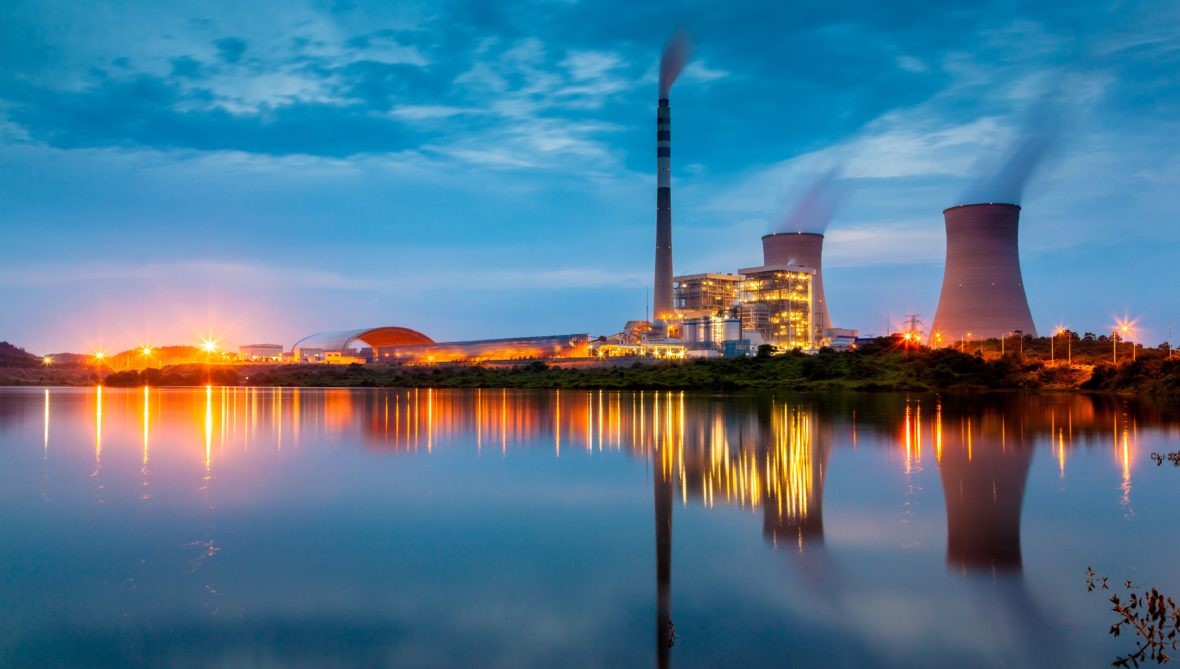
To determine the true environmental cost of the technology, we must also consider the impact of large data centers on other natural resources, such as water and land. As the world experiences increasingly severe droughts because of climate change, the water consumption of new technologies has become a major source of concern. A major part of water consumption in AI data centers is for dissipating server heat. According to one study, training GPT3 in Microsoft’s cutting-edge U.S. data centers can consume up to 5.4 million liters of water. Global AI demand could account for 4.2–6.6 billion cubic meters of water withdrawal in 2027, more than the total annual water withdrawal of 4–6 Denmark or half of the UK, the study says.
Another factor that is frequently overlooked is the asymmetry in the distribution of technology’s costs and benefits. Poorer and marginalized groups in society are typically the ones who suffer from the negative environmental effects of technologies. Most often, privileged individuals and communities will be able to benefit from them more for political and economic reasons. This is especially true for high-cost technologies like AI, which are extremely expensive to develop and deploy. For instance, while wealthy nations in the global north stand to gain the most from new AI technologies, the environmental costs may fall disproportionately on poorer segments of the population in the south, like Malaysia.
Tech Industry’s Net-zero claims and Reality
The Financial Times recently analyzed the various official reports of Amazon, Google, Microsoft, Meta, and Apple regarding emissions for the period 2020-22. It discovered a significant and growing gap between real-world and officially reported market-adjusted carbon footprints from the power use of these companies. According to a Guardian analysis of the same period, the actual emissions from Google, Microsoft, Meta, and Apple’s company-owned data centers are likely to be 662% higher than reported emissions.
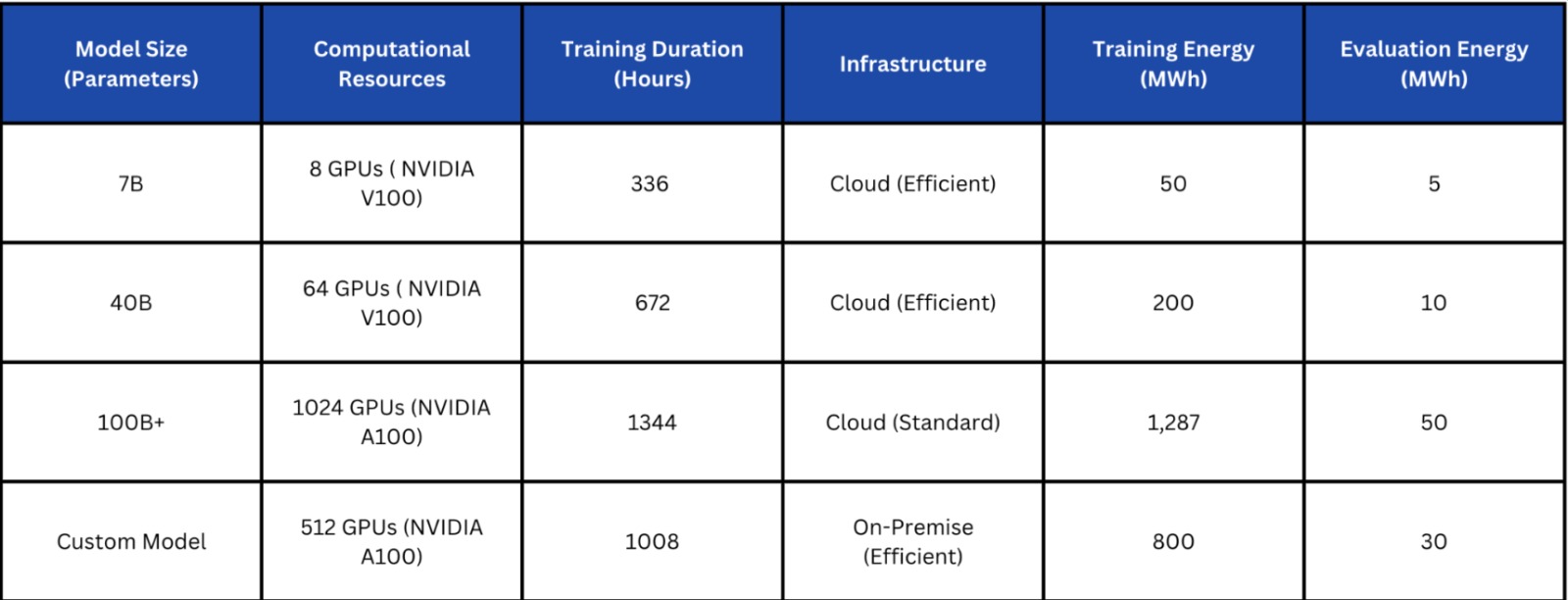
Studies reveal that the significant difference between “real” and “official” is primarily due to companies’ use of “creative carbon accounting” practices to report their carbon footprint. Big Tech heavily relies on a market-based instrument known as Renewable Energy Certificates (RECs) in the US to offset the emissions from their electricity consumption. RECs certifies that the bearer owns a specific amount of electricity that is generated from a renewable energy source.
One concern about using RECs to offset actual emissions is that they can be linked to renewable energy at a different location and time than where the consumption took place. In fact, a company can purchase RECs without making significant changes to its energy consumption, resulting in claims of sustainability that do not correspond to actual practices. This is nothing more than greenwashing.
The FT says that the big tech companies are currently lobbying hard to change the rules governing how RECs can be used, with two opposing factions. One group, led by Amazon and Meta, advocates for a broader interpretation of what the GHG Protocol already allows. The other faction, led by Google and Microsoft, contends that time- and location-based matching of renewable production and energy consumption is required for data centers for more accurate reporting.
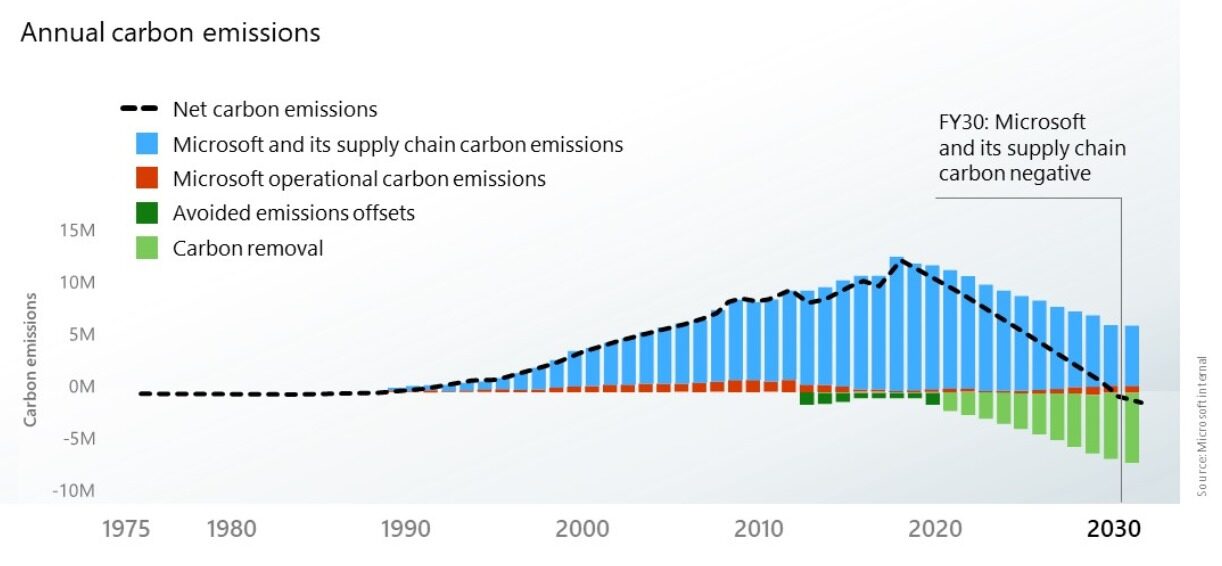
However, neither proposal considers the checks to ensure that clean power would not have been produced without the additional funds generated by the sale of RECs, critics point out. Without this, official emission reports will not reflect actual real-life emissions.
Regardless of the outcome of these intense lobbying efforts, we should be concerned about one thing: big business, with its immense economic and political clout, has the potential to influence one of humanity’s most pressing issues to their advantage.
The same clout can be seen in the ‘clean’ resurgence of nuclear energy too.











